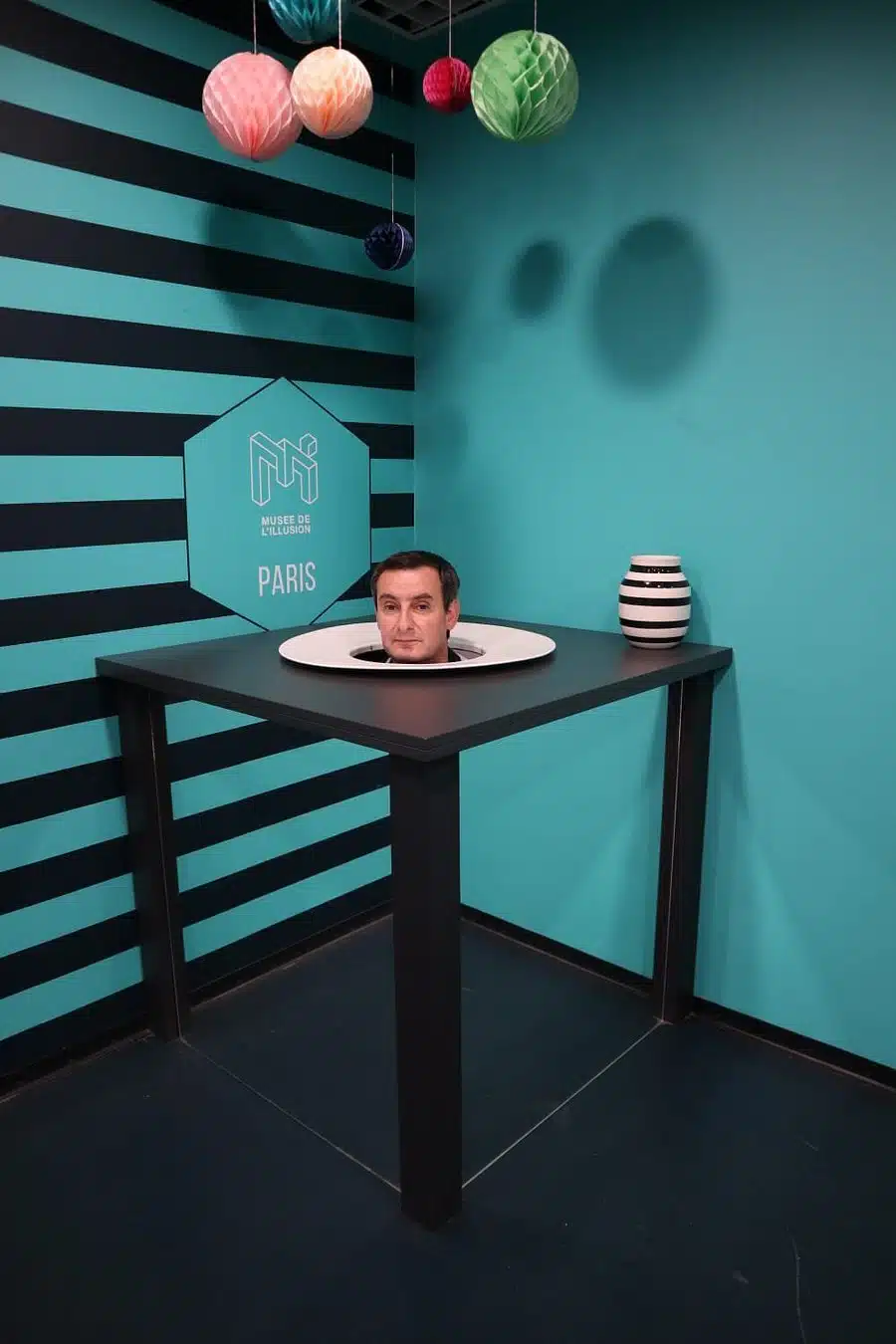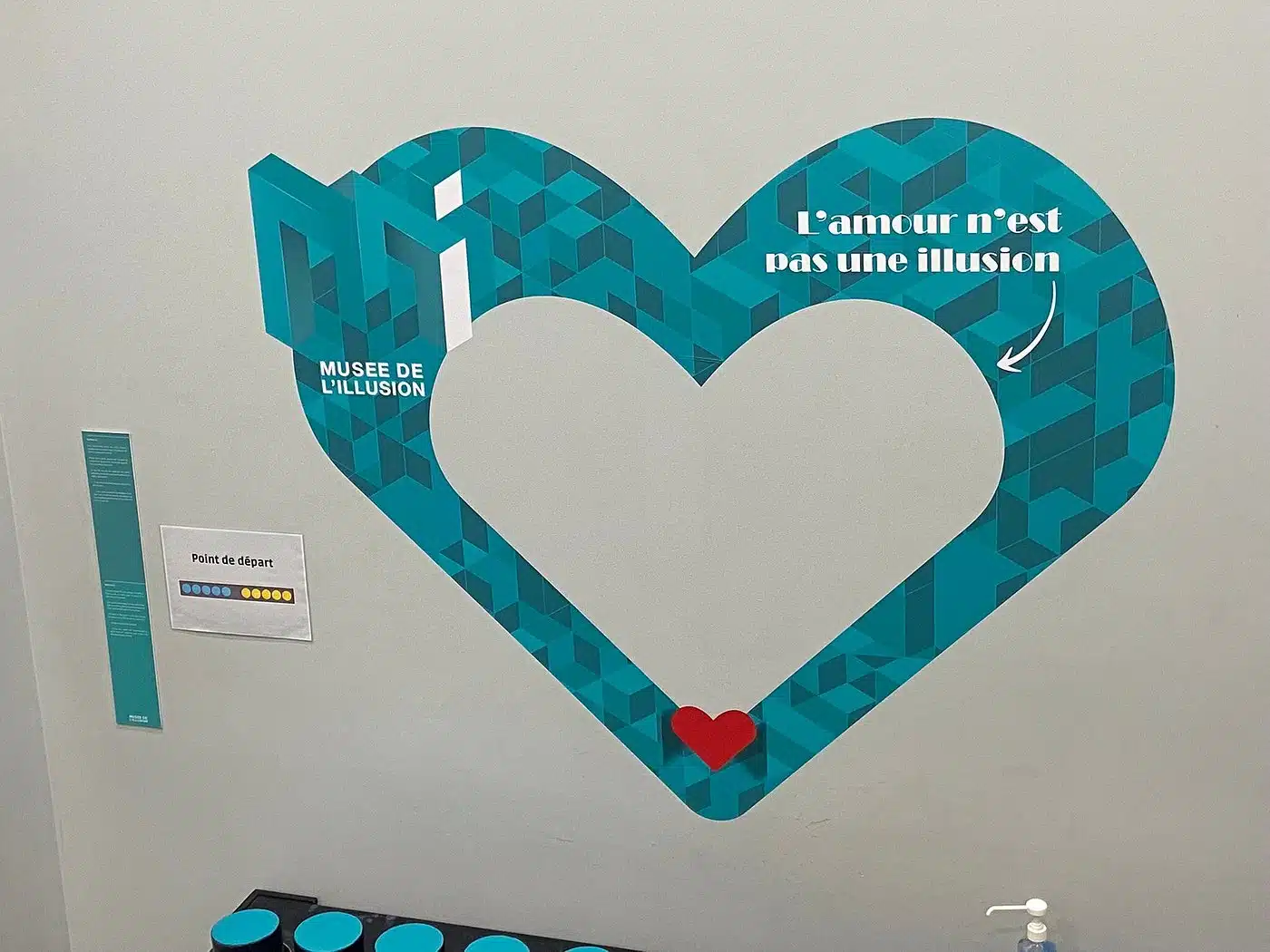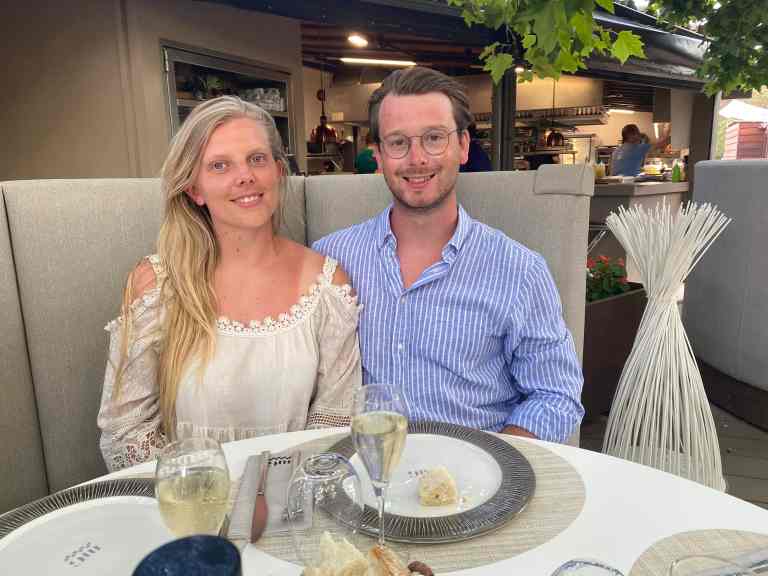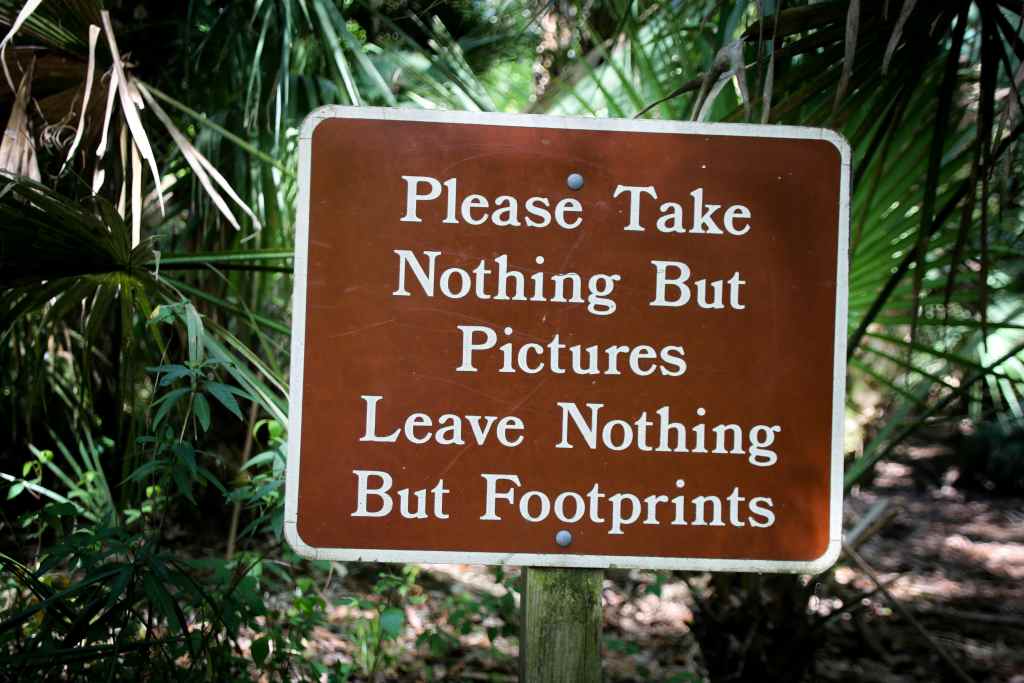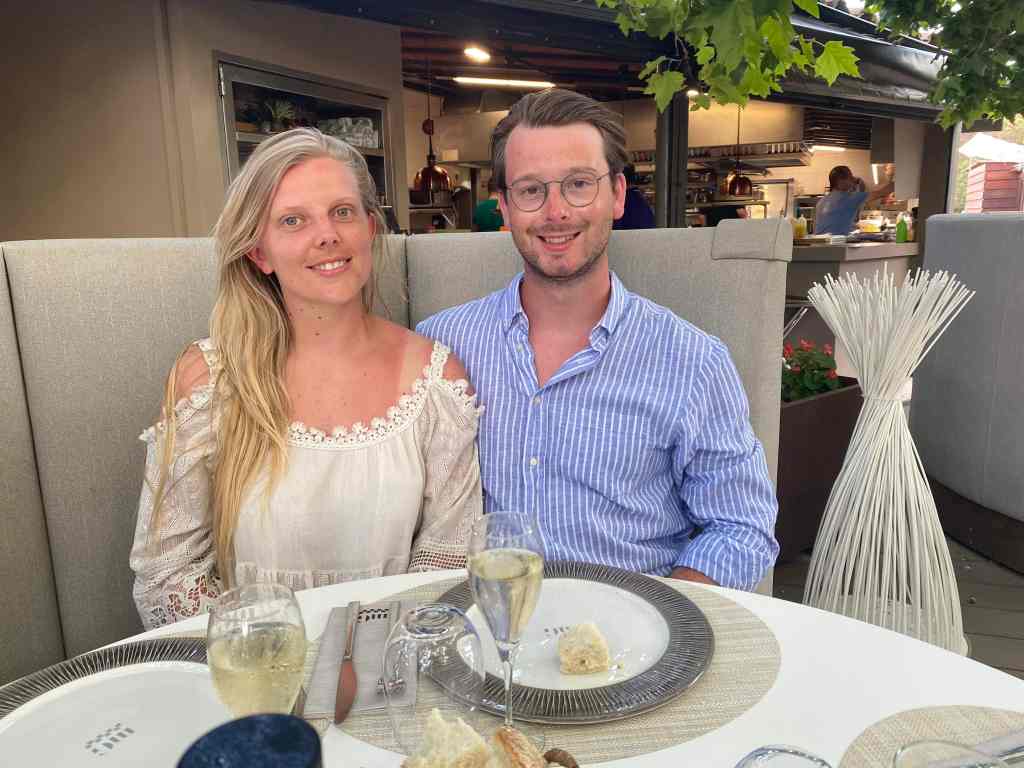Welcome to the fascinating world of illusions in Paris.
In this blog post, we’ll cover the new and unexplored ILLUSIONS of the Musee de l’illusion Paris!
In this blog post, we’ll delve into the museum and discuss what to expect, how to get there, how much a ticket costs, the fascinating science behind the illusions (spoiler alert), and additional attractions!
Want to know what to expect? Take a look at the video below!
Btw: Musée de l’Illusion Paris is not the only awesome thing to do in Paris. You can also discover the charms of Neuilly Sur Seine or visit the famous Pont de l’Alma!
Overview
ToggleWhat to expect from the fascinating world of illusions at Musée de l’Illusion Paris?
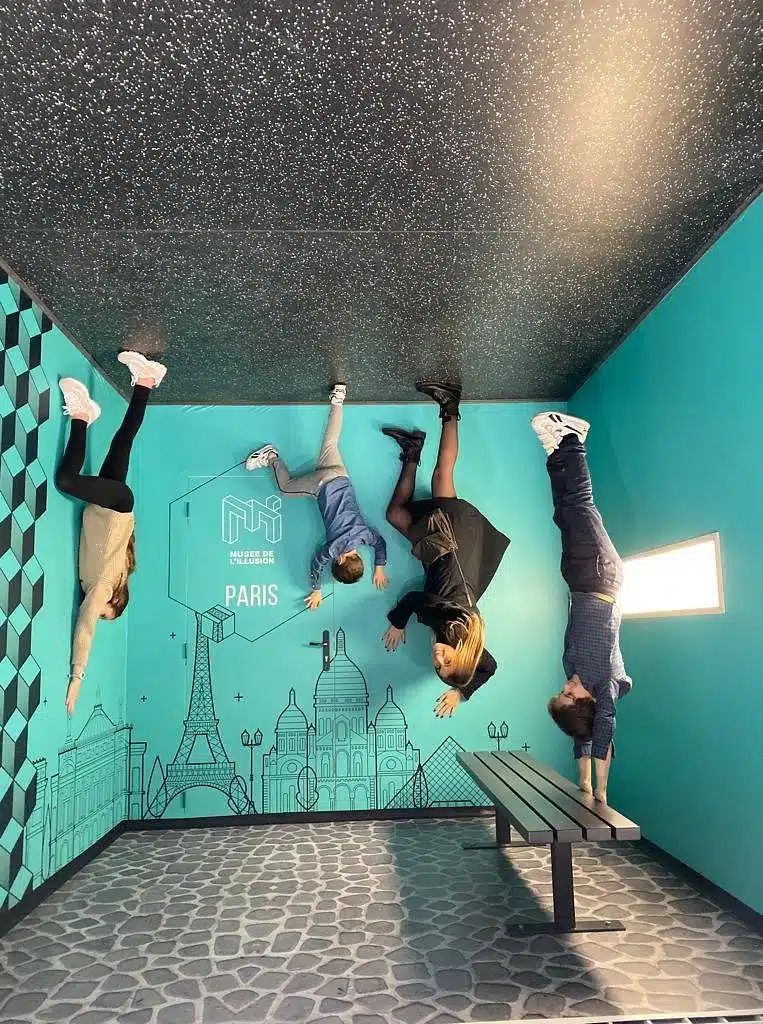
Musée de l’Illusion Paris is a fascinating and interactive museum of illusions that offers a unique experience for people of all ages.
When you visit, you can expect:
- Optical illusions: The museum is filled with mind-bending optical illusions that challenge your perception and make you question what you see (take a look at the pictures if you don’t believe me). These exhibits play with perspective, colors, and patterns to create intriguing visual effects.
- Interactive exhibits: Unlike traditional museums, Musée de l’Illusion encourages you to engage with the exhibits. You can touch, explore, and even become part of the illusions yourself.
- Educational experience: While enjoying the illusions, you’ll also learn about the science and psychology behind them. The museum provides explanations about how our brain processes visual information and why we perceive things in certain ways.
- Photography opportunities: Many of the exhibits are perfect for taking photos for your Instagram or Tiktok.
- Fun for all ages: The Musée de l’Illusion is suitable for both children and adults, making it an ideal destination for families, couples, or groups of friends. Everyone can enjoy the captivating exhibits and learn something new along the way.
Overall, you can expect a lot of exciting happenings along with a fun, engaging, and educational experience.
How to get to Musée de l’Illusion Paris?
Musée de l’Illusion Paris is located in the heart of Paris, making it quite accessible.
Here’s how to get there:
Address: 98 Rue Saint-Denis, 75001 Paris, France
By Metro: The museum is well-connected through the Paris Metro system. The closest metro stations are:
- Étienne Marcel (Line 4)
- Réaumur-Sébastopol (Lines 3 and 4)
- Châtelet-Les Halles (Lines 1, 4, 7, 11, and 14, as well as RER A, B, and D)
From any of these stations, it’s a short walk to the museum.
By Bus: Several bus lines also stop near the museum. Some of the nearby bus stops are:
- Étienne Marcel – Montmartre (Bus Line 29)
- Réaumur – Arts et Métiers (Bus Lines 20, 38, and 47)
Check the RATP website or use a navigation app like Google Maps or Citymapper for specific route information based on your starting point.
By Car: If you prefer to drive, there are several public parking lots nearby, such as Q-Park Rivoli Pont Neuf, Indigo Louvre Saint-Honoré, and SAEMES Les Halles-Saint Eustache. However, keep in mind that parking in central Paris can be limited and expensive.

By Bike or Scooter: You can also use bike-sharing services like Vélib’ or electric scooter services like Lime and Bird to reach the museum. There are usually plenty of docking stations and parking spots for shared bikes and scooters in the area.
Staying connected to the internet is now possible with AIRALO’s TRAVEL E SIM. Wherever you are in the world, download the app and choose which country you want to have mobile data in. Then, you are ready to show the world your Instagrammable pictures!
Tickets and Group Visits for Musée de l’Illusion Paris?
Ticket prices for special events and group visits to the Musée de l’Illusion Paris vary depending on age and group size.
Here are the general admission prices (as of May 2024), prices went up by one euro compared to 2023. You can book your tickets at the official website of Museum of Illusions.
- Adults: €19.00
- Children (5-15 years old): €13.00
- Students (with valid ID): €16.00
- Senior (62 ANS +): € 17,00
- Family Ticket (2 adults + 2 children): €49.00
Keep up to date with special events, new promotions, discounts… at the official website of the museum of Illusions!
The Science of Illusions: An Educational Experience
The Science of Illusions at Musée de l’Illusion Paris offers a fascinating insight into the most amazing illusions.
By exploring concepts such as visual perception, depth perception, and cognitive biases, the museum educates visitors about the phenomena that contribute to our susceptibility to illusions while providing an entertaining experience.
Visual Perception: Our brain processes the visual information received from our eyes to create meaningful images.
The way we interpret these images is influenced by factors such as color, contrast, and patterns. Illusions can manipulate these factors, causing our brains to perceive things that may not match reality.
For example, the famous “Café Wall” illusion uses alternating black and white tiles with gray lines to create the appearance of a slanted line, even though the lines are parallel.

Depth Perception: The ability to perceive the world in three dimensions and judge the distance of objects is crucial for our survival. However, illusions can exploit our depth perception by playing with perspective, size, and positioning.
A classic example is the “Ames Room” illusion, where a distorted room appears normal when viewed through a peephole, making people inside the room seem to grow or shrink as they move.
This illusion demonstrates how our brain relies on familiar cues to interpret depth and can be easily tricked.
Hands-On Experiences
The Musée de l’Illusion Paris emphasizes interactivity, allowing you to become an active participant in the illusionary world.
By engaging with the exhibits, you can explore the science and psychology behind illusions while having fun and creating memorable moments.
Hologram Chamber: In the Hologram Chamber, you can create your own holographic images using a special device. By placing an object inside the chamber and following the instructions, visitors can watch as a three-dimensional hologram of the object appears before their eyes.
This interactive exhibit demonstrates the principles of light and reflection that make holography possible and allows visitors to experiment with different objects and perspectives.
Magic Carpet: The Magic Carpet exhibit is another example of how the museum encourages interactivity.
Visitors can step onto a seemingly ordinary carpet and watch as their reflection is transformed into a magical flying experience.
By manipulating the position and movement of their body, visitors can control the visual effects and create their own illusionary journey.
The History and Concept behind Musée de l’Illusion Paris
The Musée de l’Illusion Paris is part of a global franchise that originated in Zagreb, Croatia, with the first museum opening in 2015.
The success of the concept led to the establishment of multiple locations around the world, including Paris, New York, Dubai, San Francisco, and many others.
The inspiration behind the impossible museum comes from a shared fascination with and entering the fascinating and intriguing visual world of illusions.
Not only is the Musee de l’illusion Paris fun for kids, they also organise corporate events. Mostly, these will be birthday parties for kids or school field trips. Even these corporate events create an unforgettable event for the kids.
Beyond the Illusions: Special Events and Additional Attractions
Beyond the captivating illusions, Musée de l’Illusion Paris offers additional attractions that contribute to a well-rounded and engaging experience for visitors.
Puzzle Zone: The Puzzle Zone is an area within the museum dedicated to brain teasers, riddles, and puzzles.
You can challenge their minds and test their problem-solving skills by engaging with various puzzles that range in difficulty.
This interactive area not only offers a break from visual illusions but also encourages critical thinking, creativity, and persistence.
Conclusion
If you would like to enter the fascinating WORLD OF ILLUSIONS, this Museum of Illusions is the best place to start!
Let us know in the comments how your experience was!

